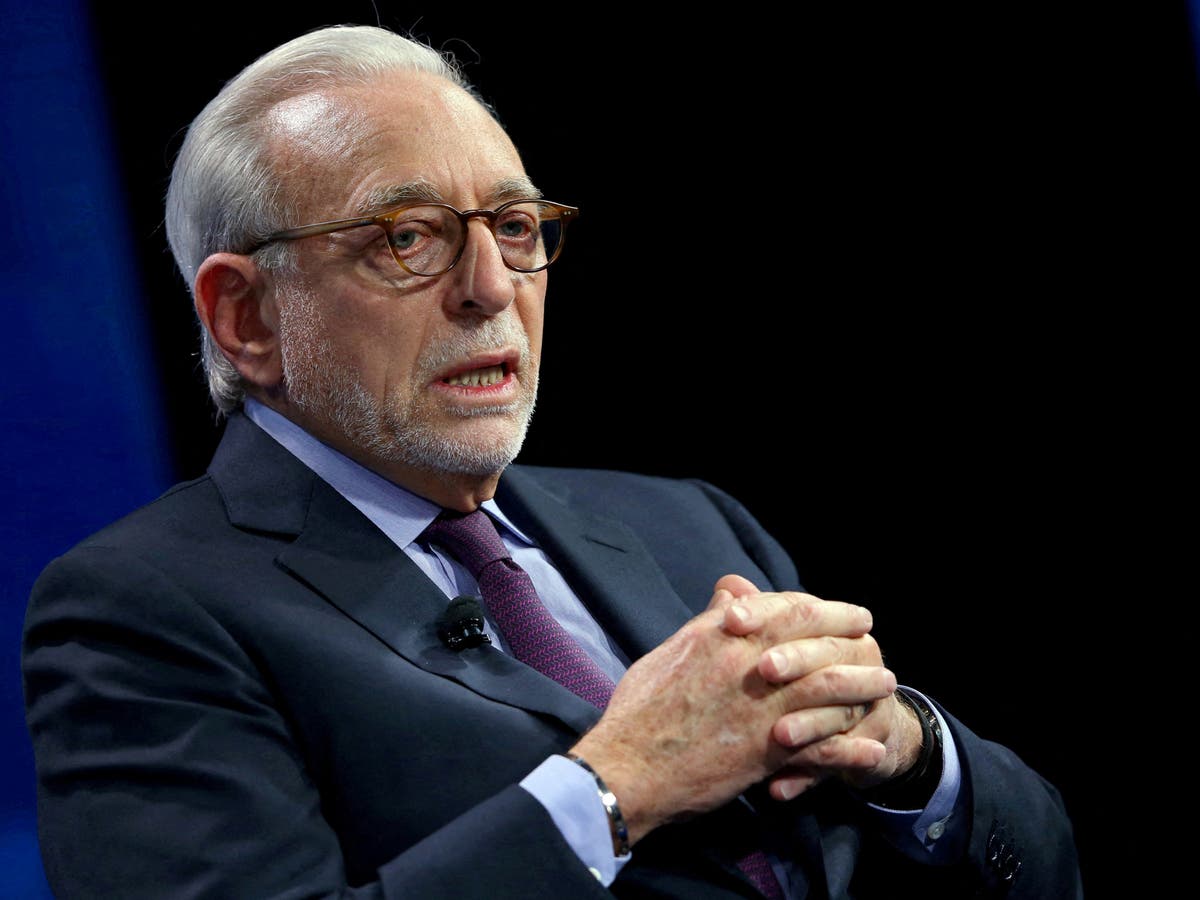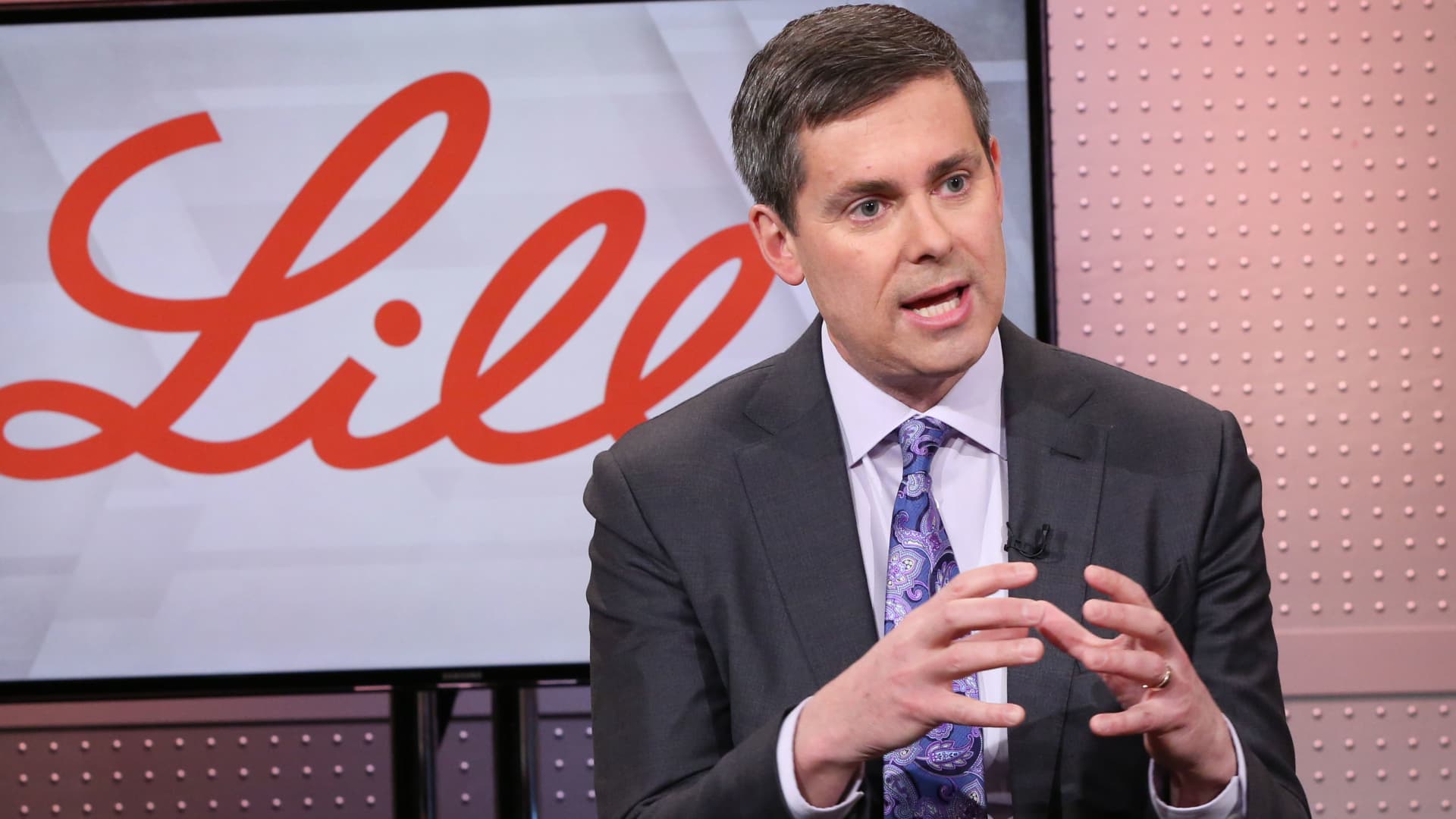Marigold is a Business Reporter client.
The European retail industry faces a period of significant transformation, marked by changes in consumer behavior and economic uncertainties. In 2023, retail trade volume in the European Union increased by 5.2 percent compared to the previous year, reflecting the continued recovery in consumer spending after the Covid-19 pandemic. As consumer expectations continue to rise and the economic landscape changes, one thing remains constant: the importance of building genuine, lasting relationships with customers.
Marigold's 2024 European Consumer Trends Index reveals a telling story. Despite economic uncertainty, 65 percent of consumers are willing to pay more to shop with brands they are loyal to. This underscores the immense value of brand loyalty and the need for retailers to invest in strategies that cultivate these deep connections.
Tailor experiences to individual preferences
At the heart of successful relationship marketing is personalization. Data shows that 84 percent of European consumers say their favorite brand treats them as an individual, while 78 percent are likely to engage with a personalized offer tailored to their interests.
This aligns with the broader trend identified that European consumers are increasingly demanding personalized experiences, including personalized product recommendations and personalized loyalty programs.
To offer this level of personalization, European retailers must take advantage of the wealth of data available. By collecting third-party data directly from customers, such as their preferences, interests, and pain points, brands can create personalized experiences that resonate on a deeper level. This is especially crucial as the industry moves away from third-party cookie tracking: 62 percent of European consumers find ads based on indirect tracking tools “creepy.”
But customization is only one piece of the puzzle. Relationship marketing also requires a deep understanding of your customers' changing needs and pain points. The 2024 European Consumer Trends Index reveals that economic considerations are influencing consumer behavior: 48 percent of consumers do more research before purchasing and 48 percent wait longer for products to go on sale . Smart retailers must adapt their strategies accordingly, prioritizing value, convenience and exceptional customer service over price alone.
Adopting omnichannel experiences
In today's interconnected world, European consumers expect a seamless shopping experience across multiple channels. Whether they're browsing online, visiting a physical store, or interacting on social media, they expect consistency and convenience in every interaction.
Omnichannel marketing allows retailers to create consistent experiences that bridge the gap between online and offline channels. By integrating data and communication channels, retailers can deliver personalized messages and offers that follow customers throughout their journey, regardless of the touchpoint.
With 63 percent of consumers engaging less with social media for the sake of their mental health, it's crucial for retailers to maintain a strong presence on channels like email, SMS, and push notifications. These direct lines of communication allow brands to stay connected with customers, even when social media engagement declines.
The dominance of email as the primary marketing channel to drive consumer purchases is a testament to its lasting power. According to the data, 50 percent of consumers made a purchase via email in the past year, compared to 48 percent for social media ads and 44 percent for social media posts. social.
This underscores email's continued ability to reach and engage consumers, even as new channels emerge. The prevalence of email in our daily lives, along with advances in personalization technology, has allowed marketers to deliver highly relevant, personalized messages that resonate with their audience. As brands navigate the changing retail landscape, email's proven track record as a reliable driver of purchases makes it an essential component of any successful relationship marketing strategy.
Build lasting relationships with clients
Ultimately, the key to thriving in Europe's changing retail landscape lies in the ability to forge genuine and lasting relationships with customers. By embracing personalization, understanding the changing needs of European consumers and leveraging direct communication channels, European retailers can build a loyal customer base that will weather any economic storm.









